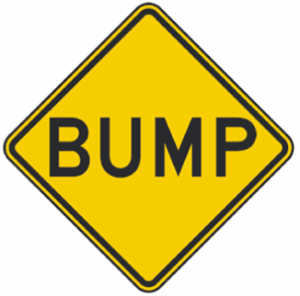- 6,104
- 5,106
To summarize Andytrenom's original premise, our attack potency page lacks justification for any value below planet level.
Basically, he asks where do we get these values from for the lower tiers. For example, our values for planet level come from using the Earth as a baseline. For Solar System level we use the Sol System for baseline. For Galaxy level we use the Milky Way as baseline, etc. As such, what do we or what should we use for the baselines of Building level (what kind of building is used for baseline), Town level/City level (which town or city is used for baseline), Mountain level, Country level, etc.
Antvasima believes this an important matter of calc group members, so I reposted the discussion here.
Note: So far. This does not require any sort of mass revision, we just need clarifications of the values we already have
Basically, he asks where do we get these values from for the lower tiers. For example, our values for planet level come from using the Earth as a baseline. For Solar System level we use the Sol System for baseline. For Galaxy level we use the Milky Way as baseline, etc. As such, what do we or what should we use for the baselines of Building level (what kind of building is used for baseline), Town level/City level (which town or city is used for baseline), Mountain level, Country level, etc.
Antvasima believes this an important matter of calc group members, so I reposted the discussion here.
Note: So far. This does not require any sort of mass revision, we just need clarifications of the values we already have

